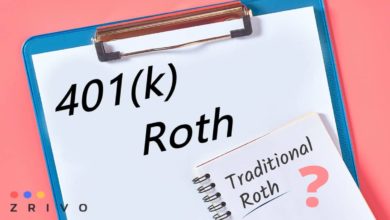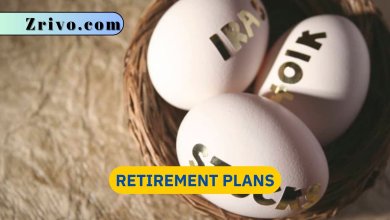Pension Benefit Guaranty Corporation
The Pension Benefit Guaranty Corporation (PBGC) is a crucial entity in the United States that protects and preserves pension benefits for workers and retirees. In this article, we will explore the role and functions of the PBGC and the Pension Benefits Guarantee Fund, how individuals can access their pension funds, and the process of logging into the PBGC system for relevant beneficiaries.

Contents
The Pension Benefit Guaranty Corporation (PBGC) is a federal agency established by the Employee Retirement Income Security Act (ERISA) of 1974. The primary purpose of the PBGC is to safeguard the retirement incomes of participants in defined-benefit pension plans. A defined benefit plan is a type of pension plan in which an employer promises to pay eligible employees a specified monthly benefit during retirement, usually based on a combination of factors such as years of service and salary history.
The PBGC plays a vital role in the protection of pension benefits for workers and retirees when their pension plans face financial distress or encounter issues such as plan terminations. If a defined benefit pension plan cannot meet its obligations or is terminated, the PBGC steps in as an insurance safety net.
What is the Pension Benefits Guarantee Fund?
The Pension Benefits Guarantee Fund is the financial foundation of the PBGC. This fund is financed by insurance premiums paid by companies that sponsor defined benefit pension plans, assets from pension plans the PBGC takes over, recoveries from the companies’ bankruptcy estates, and investment income. It serves as a source of funds to pay participants’ pension benefits in terminated pension plans that the PBGC assumes responsibility for.

How to Access Pension Funds?
Accessing pension funds can vary depending on the type of pension plan and its terms. For participants in defined benefit pension plans covered by the PBGC, there are several scenarios in which individuals may be able to access their pension funds:
Receiving Pension Payments During Retirement: When participants reach the retirement age specified in their plan, they can begin receiving their pension payments as a monthly annuity. The amount of the payment is determined by the formula outlined in the plan documents.
Lump Sum Distribution: In some cases, individuals may have the option to receive their pension benefits as a lump sum distribution. This means they can take the entire amount of their vested pension as a one-time payment instead of a monthly annuity. However, this option may not be available to all participants and may require careful consideration as it impacts future financial security.
Rollover to an Individual Retirement Account
(IRA) or Qualified Retirement Plan: When leaving an employer with a vested pension, participants may choose to roll over their pension funds into an Individual Retirement Account (IRA) or another qualified retirement plan. This allows them to continue growing their retirement savings tax-deferred.

How to Log into PBGC?
Beneficiaries or participants with pensions covered by the PBGC can access their pension information through the agency’s online system. To log into PBGC:
- Navigate to the PBGC’s official website (https://www.pbgc.gov/) using a web browser.
- On the PBGC homepage, locate and click on the “MyPBA” portal option. This will direct you to the login page.
- If you are logging in for the first time, click on the “Register” button to create a new account. You will need to provide personal information and follow the steps to set up a username and password.
- For returning users, enter your registered username and password into the appropriate fields. Click on the “Login” button to access your pension account information.
- Once logged in, beneficiaries can access their pension details, including payment amounts, beneficiary information, and relevant plan documents.





